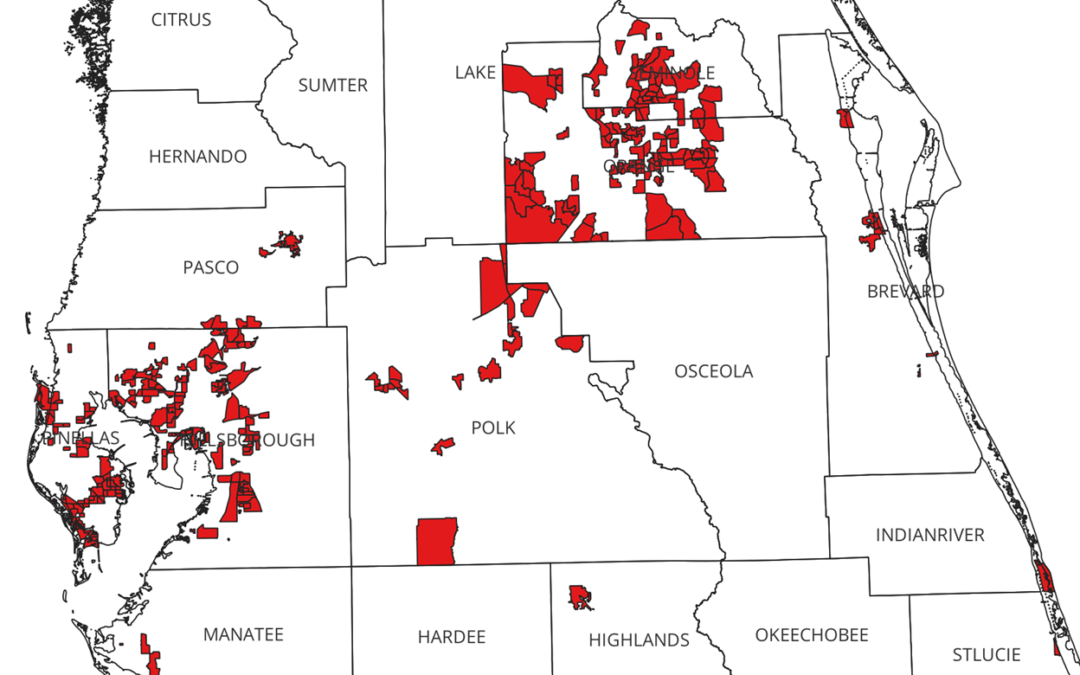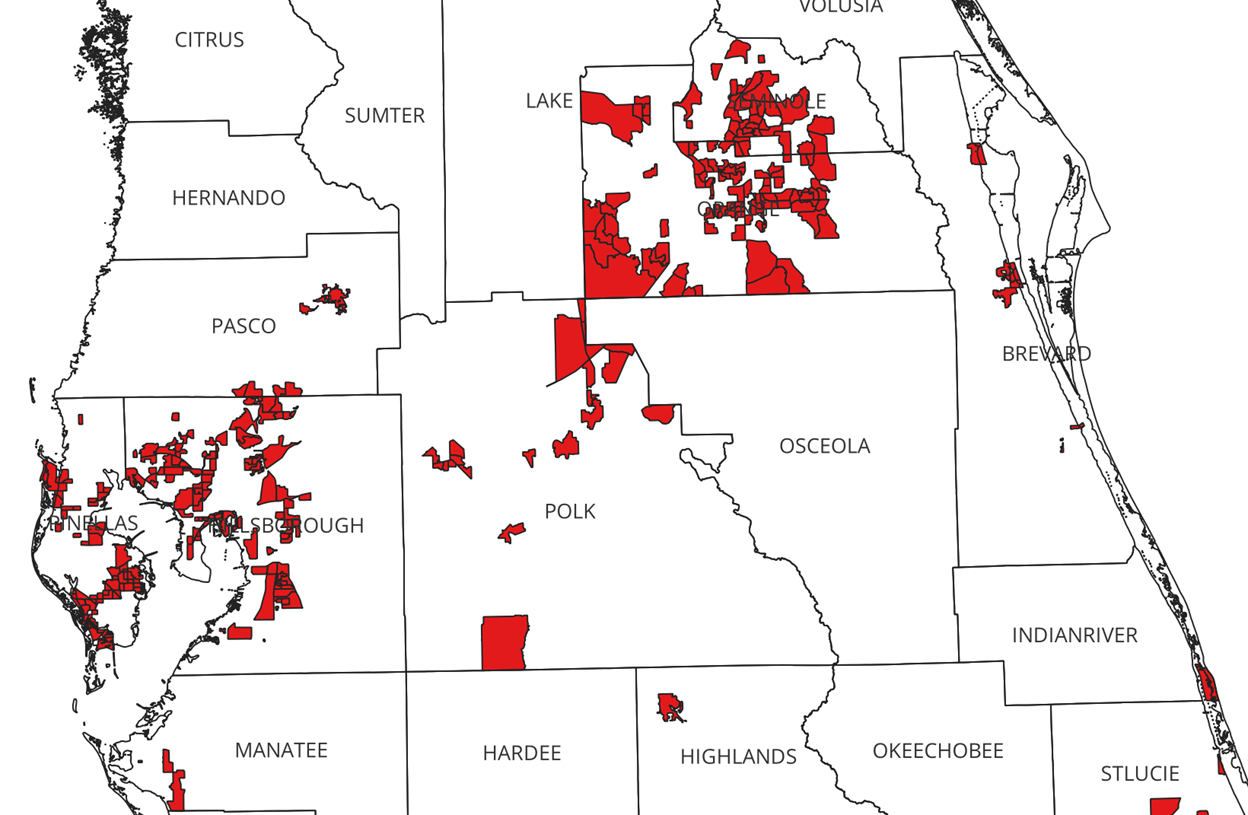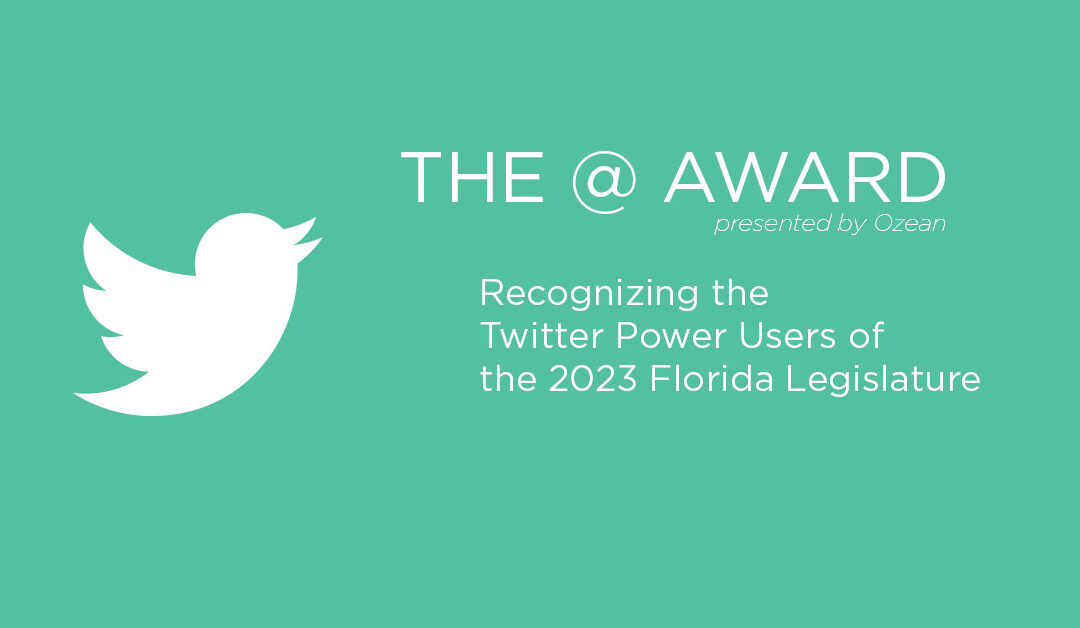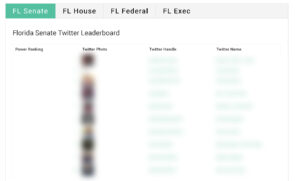
Florida 2022 Election for Governor: Geographic Divide
The results by precinct results have been released for Florida. Precincts are the smallest unit of analysis that we have election results, and I find them interesting.
So what does the data tell us?
In this post, we will only explore the results for Governor’s race in 2022.
Messy Data
Even then, the data gets messy – there are 168 precincts that have no votes cast in them, most of them have no registered voters in them. A few have 1 or 2 voters. Who knows? We will exclude them as outliers.
Then there are the even weirder precincts. There are another 109 precincts with less then 10 total votes cast. Again, who knows? We will also exclude these from our analysis as also outliers.
Data Description
There are a total of 6007 precincts in Florida. We have excluded 277 precincts with less than 10 total votes cast.
We are exploring 5,730 precincts in Florida.
Election Results – Data Check
A quick double-check against – official results. The state shows Ron DeSantis winning with 59.4% of the vote and Crist with 40% of the vote. The LPF candidate (Roos) received .2% of the vote, and a NPA (Gimenez) received .4%.

Comparing our precinct-level data file, it is almost an exact match.
| Count precincts | DeSantis | Crist | Roos | Gimenez |
| 6007 | 4,614,209 | 3,106,313 | 19,299 | 31,577 |
| 59.4% | 40.0% | 0.2% | 0.4% |
Somehow Governor Ron DeSantis is down one vote, but we continue on.
When we exclude the previously mentioned precincts, DeSantis loses 249 votes, Crist loses 148, Roos loses none, and Giminez loses 6. In the 277 excluded precincts, we lose 403 total votes or less than .006 of the vote. Immaterial.
Final Data Set
The final dataset we are exploring is 5,730 precincts. Those precincts cast 7,770,995 votes.
In this dataset, DeSantis won 69% of the precincts, Crist won 30.1%, in less than 1 % of the precincts, there was a dead tie.
FUN FACTS:
The largest precinct with a tie? ALA056. (Alachua 56 – Covenant Presbyterian Church). In the books with a 66% turnout, 1,093 votes for DeSantis, 1,093 votes for Crist..
The county with the most precincts ending in a tie? Palm Beach County – 5.
Winners
| winner | count | rep_percent | dem_percent | average_delta |
| dem | 1752 | 34% | 65% | 31% |
| rep | 3963 | 67% | 33% | 34% |
| tie | 15 | 50% | 50% | 0% |
| Grand Total | 5730 | 57% | 43% | 33% |
DeSantis won 69% of the precincts or 3,963 precincts.
Crist won 31% of the precincts or 1,752 precincts.
On average, the spread between DeSantis and Crist was 33%.
In precincts won by DeSantis, the average spread was 33% (67%-33%). In precincts won by Crist, the average spread was 31% (65%-34%).
Divided Florida
17% of Florida’s precincts have a delta of less than 10%. Those precincts have a registration of 2,518,332 voters and 1,271,336 votes cast. A 51% turnout.
82% of Florida’s precincts have a delta of more than 10%. These precincts have a registration of 11,970,376 and 6,499,659 votes cast. A 53% turnout.
Interestingly, the highest turnout by precinct is found in precincts that had a delta of between 30% and 50% – 57% of those voters turned out. (I am fairly certain there is a research paper exploring that data point.)
| delta | count | count_per | rep_percent | dem_percent | Average TO |
| 0%-9.99% | 984 | 17% | 50% | 49% | 51% |
| 10%-19.99% | 955 | 17% | 52% | 47% | 52% |
| 20%-29.99% | 918 | 16% | 55% | 44% | 54% |
| 30%-39.99% | 852 | 15% | 60% | 39% | 57% |
| 40%-49.99% | 713 | 12% | 64% | 35% | 57% |
| 50%-59.99% | 500 | 9% | 62% | 37% | 52% |
| 60%-69.99% | 381 | 7% | 61% | 38% | 51% |
| 70%-79.99% | 262 | 5% | 54% | 46% | 49% |
| 80%-89.99% | 149 | 3% | 53% | 46% | 49% |
| 90%+ | 16 | 0% | 56% | 43% | 51% |
| Grand Total | 5730 | 100% | 57% | 43% | 53% |
Competitive Precincts
It was my intent to map the precincts that have a delta of less than 10%.
Dr. McDonald of the University of Florida and the US Election project has the closest thing we have to a complete shapefile for the entire state of Florida.
There is a glitch (at least in doing a quick analysis) in that some counties report data using a precinct name that differs from the shapefiles (DADE, BROWARD, PALM BEACH, OSCEOLA are the large ones.) I started to remap them, and got Dade and Broward done, but Palm Beach may have renamed their precincts all together…so a couple of holes that I just don’t have the time to go into and match.
However, we can look at most of I-4 (excluding Osceola & Lake).

Conclusions
What can anyone draw from this cursory review?
Just that few precincts in Florida are truly competitive.
There is a debate in political science on whether this sorting is happening on purpose – with politics driving “the big sort.”
Bill Bishop wrote The Big Sort: Why the Clustering of Like-Minded American is Tearing Us Apart in 2008 “Armed with original and startling demographic data, he showed how Americans have been sorting themselves over the past three decades into homogeneous communities — not at the regional level, or the red-state/blue-state level, but at the micro level of city and neighborhood.” (thebigsort.com)
Of course, Morris Fiorina, has a different take. “The Big Sort” That Wasn’t: A Skeptical Reexaminationwhich is summarized in The Myth of the “Big Sort” states that “claims about geographical sorting have always struck us as somewhat questionable.”
Fiorina, one of my favortie contrarions, critques Bishop for his reliance presidential election returns saying they are often inconsistent for other offices. Fiorina uses county level data to refute Bishop.
Fiorina sums up his critque by saying ” There is no evidence that a geographic partisan “big sort” like that described by Bishop is ongoing, and even if it were, its effects would be far less important than Bishop and those who support his thesis fear.”
Yeah, about that…
17% of the precincts in Florida are within 10 points in a Governor’s race. 17%!
Maybe time to re-fresh the research…and while we are at – let’s explore that bump in turnout between 30%-50%.





